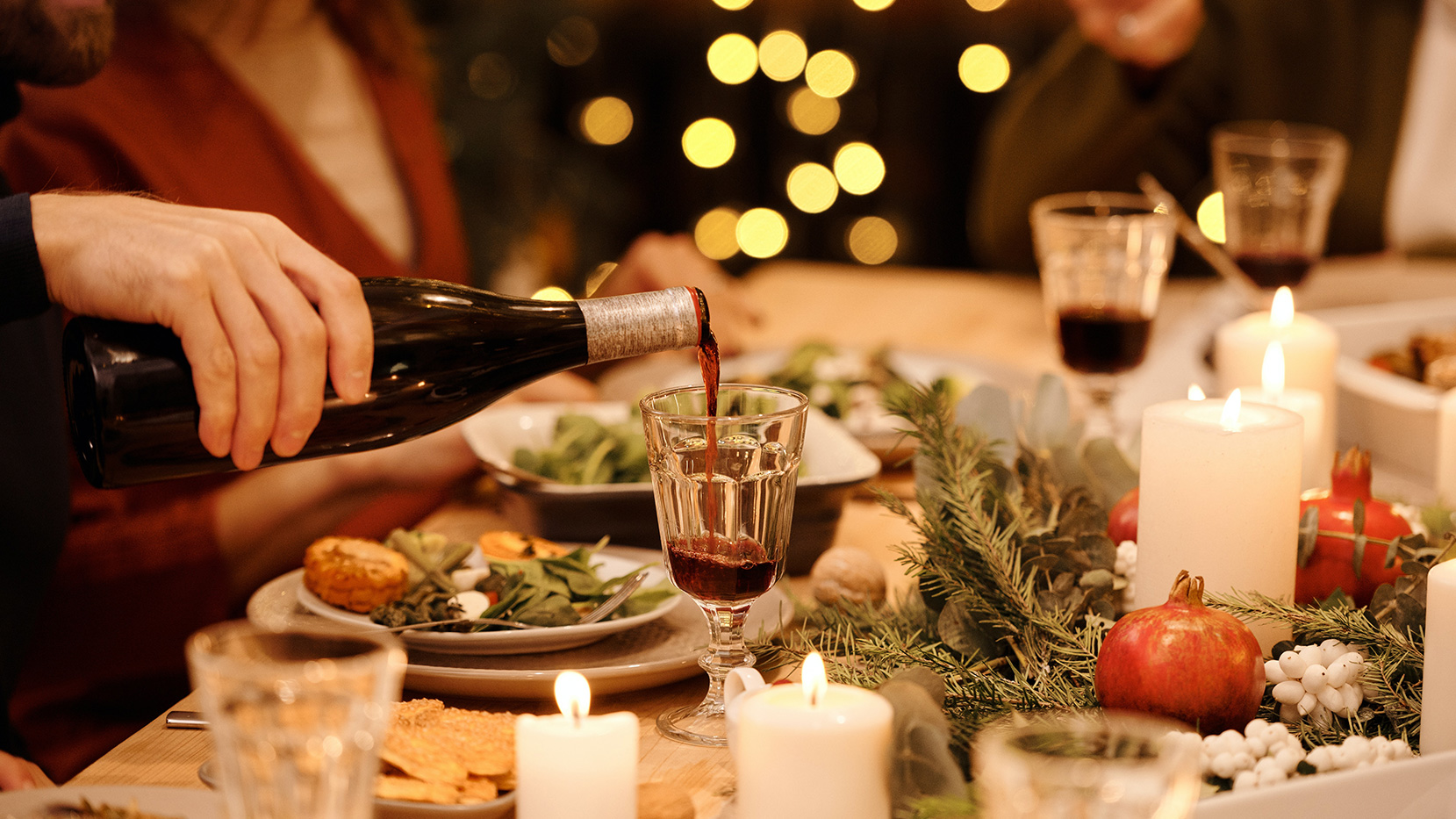Basic tasting terms: Appearance of the wine
When it comes to wine, you'll inevitably hear people around you talking about 'tasting'. Why the wine is tasted and how this process can enrich us with, you'll find out in our series of posts on "Basic tasting terms".
Few products go through a "tasting" process, not only by those who produce and evaluate them, but also by those who buy them. It has been known since antiquity that wine is not just alcohol, but is deeply linked to the geography, history and culture of a land. From a very practical point of view, wine is a complex combination of substances that needs to be examined closely to be better understood, and this is where the rules of tasting come in.
The first step is about the appearance of the wine and it happens once it is in your glass. It should be colourless, ornament-free, with a large enough bubble and filled to no more than 1/3 of its volume. The logical action is to look at the liquid in the glass - preferably on a white background and in daylight. The colour of the wine is an important characteristic, as it is used to distingush the different wine types: white, rosé, red. Colour depends on three main factors:
Grape Variety: – As an example come two common grape varieties – Cabernet Sauvignon and Pinot Noir. Cabernet Sauvignon grapes are smaller and have a thicker and darker skin, than the Pinot Noir grapes. The colour of the wine comes from the skin and accordingly the colour of the Cabernet Sauvignon wine will be much darker then the Pinot Noir wine.
Vinification methods or how the wine is made - for red wine, the grape skins are left to ferment with the grape juice and the dye substances are found in the skins. Logically, the longer the juice is in contact with it, the darker the colour of the wine.
The age of the wine – the development of the liquid in the bottle often reflects to the wine colour. Young red wines are rich in dye substances and their colour is darker. Over time, these substances react with each other and are released as a sediment at the bottom of the bottle. The colour lightens from red to garnet, cerise or amber. In the case of white wines , it is the other way round - their colour darkens over time.
Looking at the wine in the glass, we follow if it is clear and whar is the intensity and the nuances. Here it is important what the light and the background are.
The intensity of the colour is best recognised when you hold the glass without tilting and looking at the liquid from above. Note that colour intensity is not a criteria for the quality. It could be an indication for the structure and the body of the wine. In red wines, colour and tannins often go hand in hand. If the colour is very dense, expect a wine with a complex and tannic body.
Colour nuances are observed when tilting the glass at a 45° angle in front of the light source. In doing so you can see different nuances at the core of the liquir or on the edge. The colour nuance is not a criteria for the quality, it indicates the age and the stage of development of the wine.
How to describe the colour of the wine?
In white wines we use the shades of the yellow colour. They have greenish hues in their youth, which go through golden and reach amber-mahogany in old age: greenish-yellow, lemon-yellow, straw, golden-green, golden, old gold, amber, mahogany, walnut, brown, red-brown.
Red wines: Crimson, purple, purple-red, ruby, garnet, tile, orange-red, brown-red, golden-red.
Rosé: Neither white, nor red wine, the rosé comes in all different nuances between yellow, tile and light red colour: grey, purple-pink, yellow-pink, bright pink, light red, orange-pink, salmon, orange, onion flakes.
















